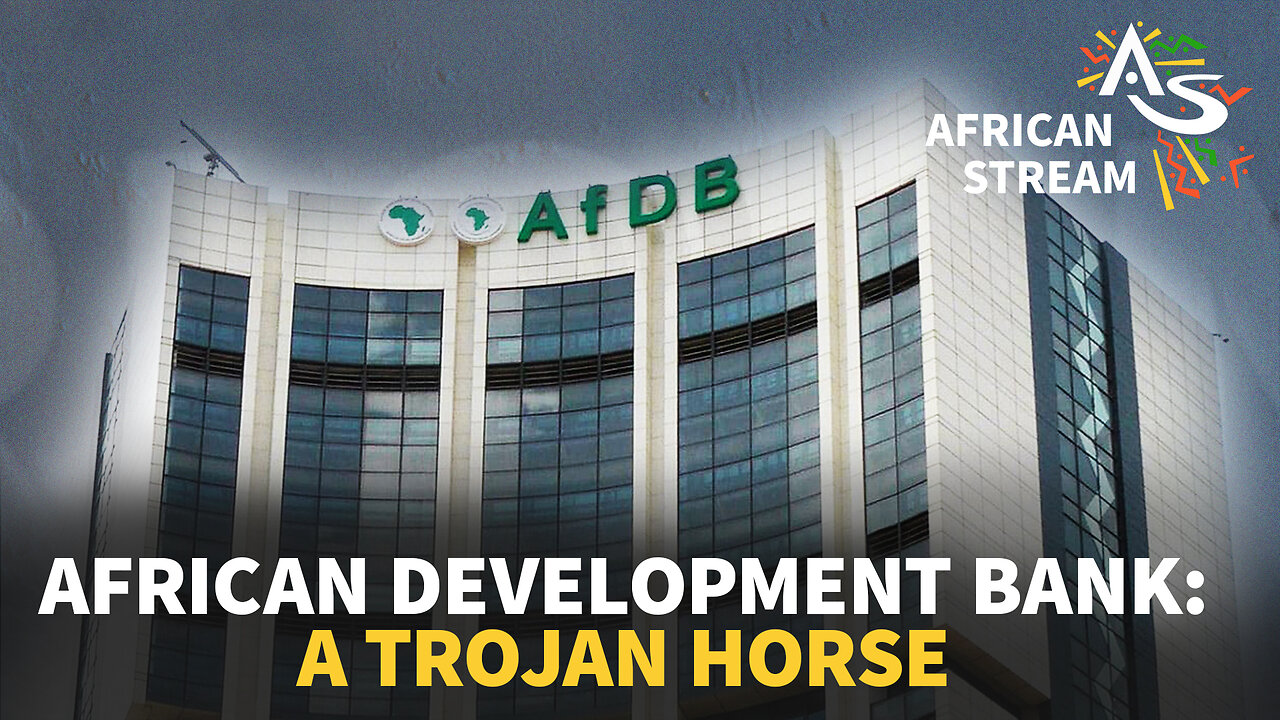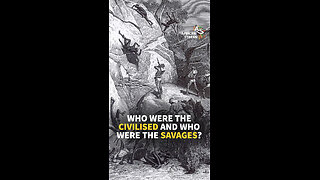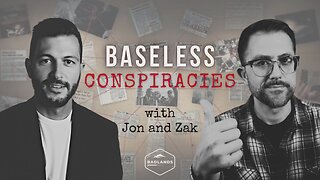Premium Only Content

AFRICAN DEVELOPMENT BANK: A TOJAN HORSE
Today marks 65 years since the Democratic Republic of the Congo (DRC) gained independence from Belgian colonial rule on 30 June 1960.
The DRC has not known peace since 1885, when Belgium’s King Leopold II annexed it as his personal property. Known as the ‘Congo Free State’ until 1908, it served as a source of raw materials, like rubber, for the early 20th century’s booming automobile industry. Leopold’s harsh exploitation of the Congo reportedly led to around 10 million to 15 million deaths.
Fast forward to the 21st century, another industrial boom, this time in electric mobility and smart technologies, is driven by essential minerals from the DRC. These are resources that, if acquired and managed legally, could have turned the country into one of the wealthiest and most stable in the world.
In December 2023, African Stream’s Erick Gavala went to the DRC’s mineral-rich eastern region to understand how the tech industry is contributing to instability. Conflict minerals, illegally trafficked by rebel groups such as the Rwanda- and Uganda-backed M23, feed greedy Western corporations, which claim to make their products with conflict-free minerals despite clear evidence to the contrary.
Erick’s report reveals why the DRC remains impoverished despite possessing an estimated $24 trillion in untapped mineral resources. It accounts for nearly two-thirds of the world’s cobalt production, a crucial metal used in lithium-ion batteries for electric vehicles, smartphones, and laptops. It is also the second-largest source of coltan (Columbite-Tantalite), a vital source of tantalum used in capacitors for phones, computers, and other electronics. The DRC’s cassiterite is a primary source of tin, essential for soldering electronic components. Wolframite is the primary source of tungsten used in the vibrating components of phones and other electronic devices.
The three-decade foreign-backed resource war has featured horrific s*xual and human rights abuses, k*lling at least 6 million people by 2010, with many more since. Moreover, the war has displaced over 7 million people.
-
 3:27
3:27
AfricanStream
2 months agoWHO WERE THE CIVILIZED AND WHO WERE THE SAVAGES?
438 -
 1:57:58
1:57:58
Badlands Media
5 hours agoBaseless Conspiracies Ep. 152
52.7K2 -
 2:02:42
2:02:42
Inverted World Live
4 hours agoTrump's Medbeds | Ep. 115
60.2K7 -
 2:03:41
2:03:41
TimcastIRL
4 hours agoTrump To Deploy National Guard To Chicago, Federal TAKEOVER Begins | Timcast IRL
199K157 -
 LIVE
LIVE
PandaSub2000
9 hours agoLIVE 10pm ET | SILENT HILL F w/TinyPandaFace
372 watching -
 1:26:00
1:26:00
Glenn Greenwald
10 hours agoNick Fuentes On Censorship, Charlie Kirk's Assassination, Trump's Foreign Policy, Israel/Gaza, the Future of the GOP, and More | SYSTEM UPDATE #523
122K315 -

StevieTLIVE
6 hours ago#1 Kar98 Warzone POV Monday MOTIVATION
18.3K1 -
 4:45:45
4:45:45
a12cat34dog
5 hours agoTHE *NEW* SILENT HILL :: SILENT HILL f :: IS IT GOOD!? {18+}
16K3 -
 1:00:21
1:00:21
Akademiks
4 hours agonba youngboy live show.
47.6K2 -
 2:51:15
2:51:15
The Quartering
3 hours agoThey Just Stopped Another Attack, Trump Defeats Youtube, Hasan PIker Meltdown & More
62.1K36